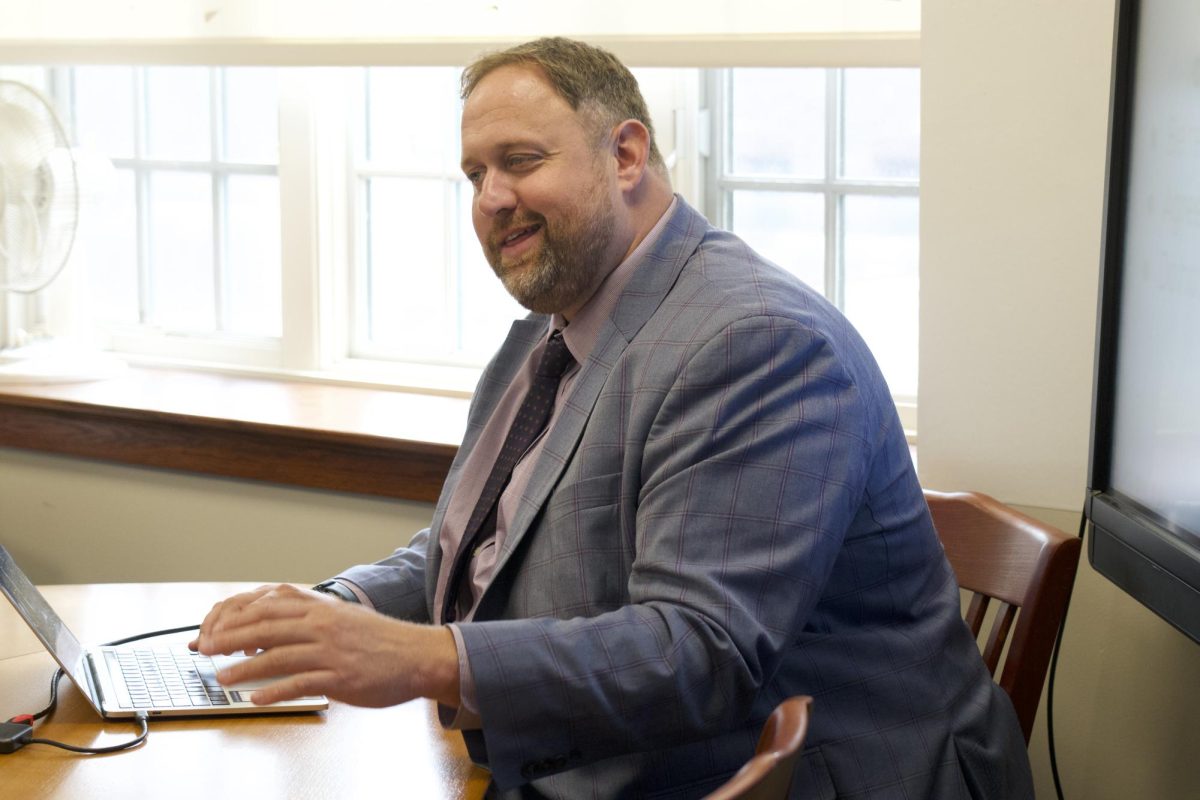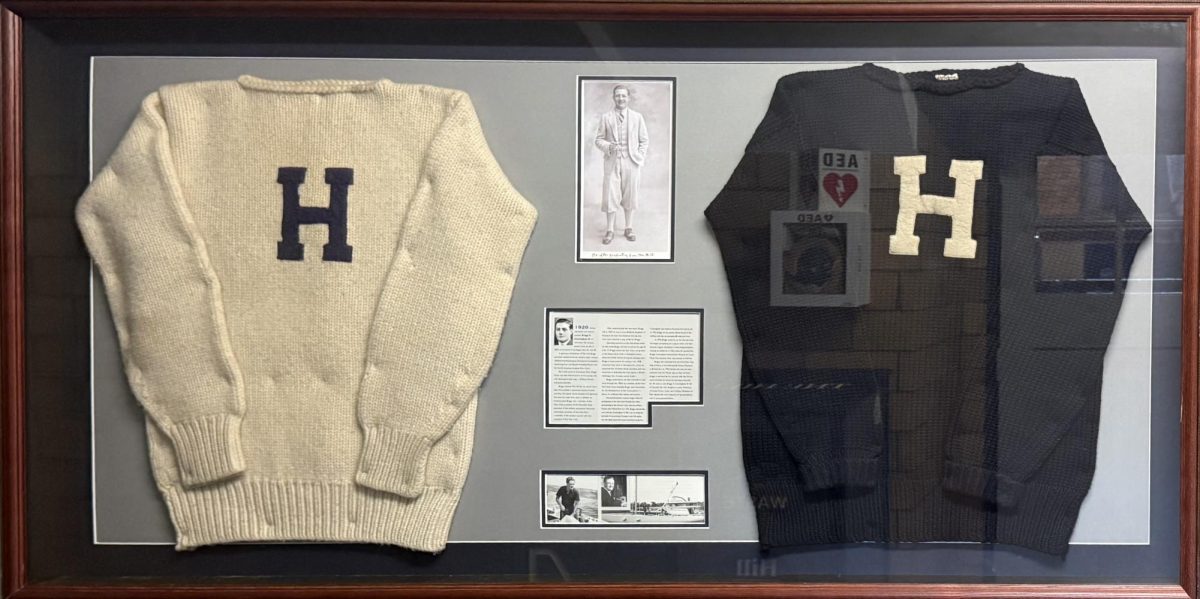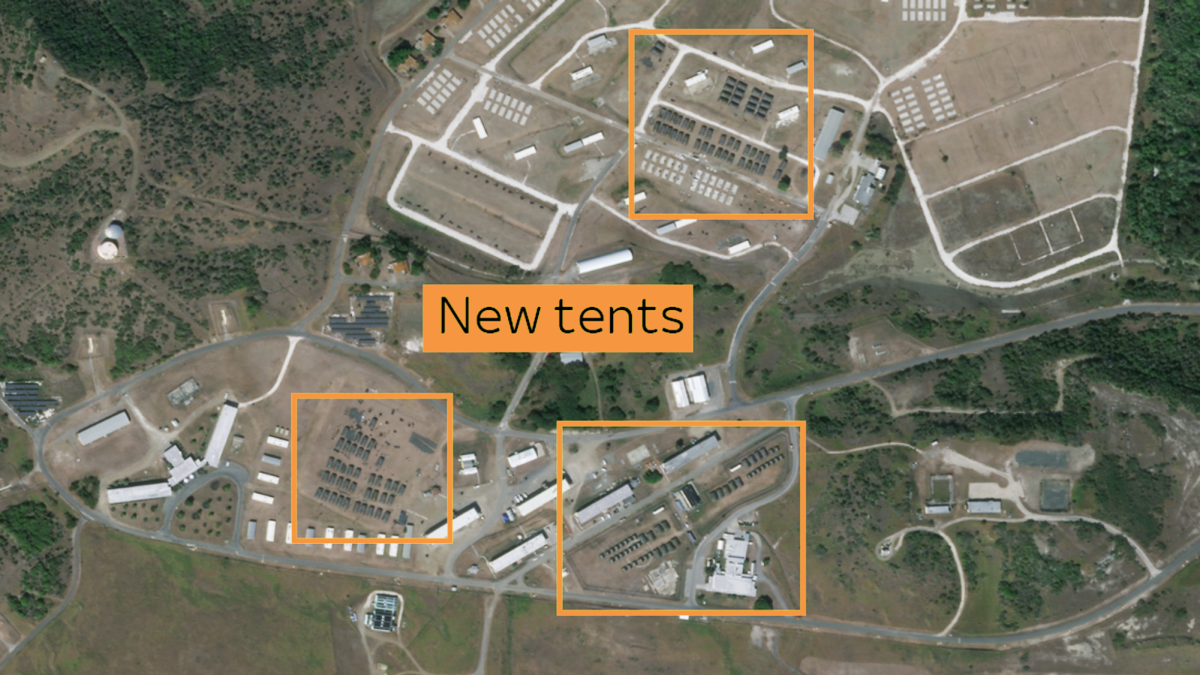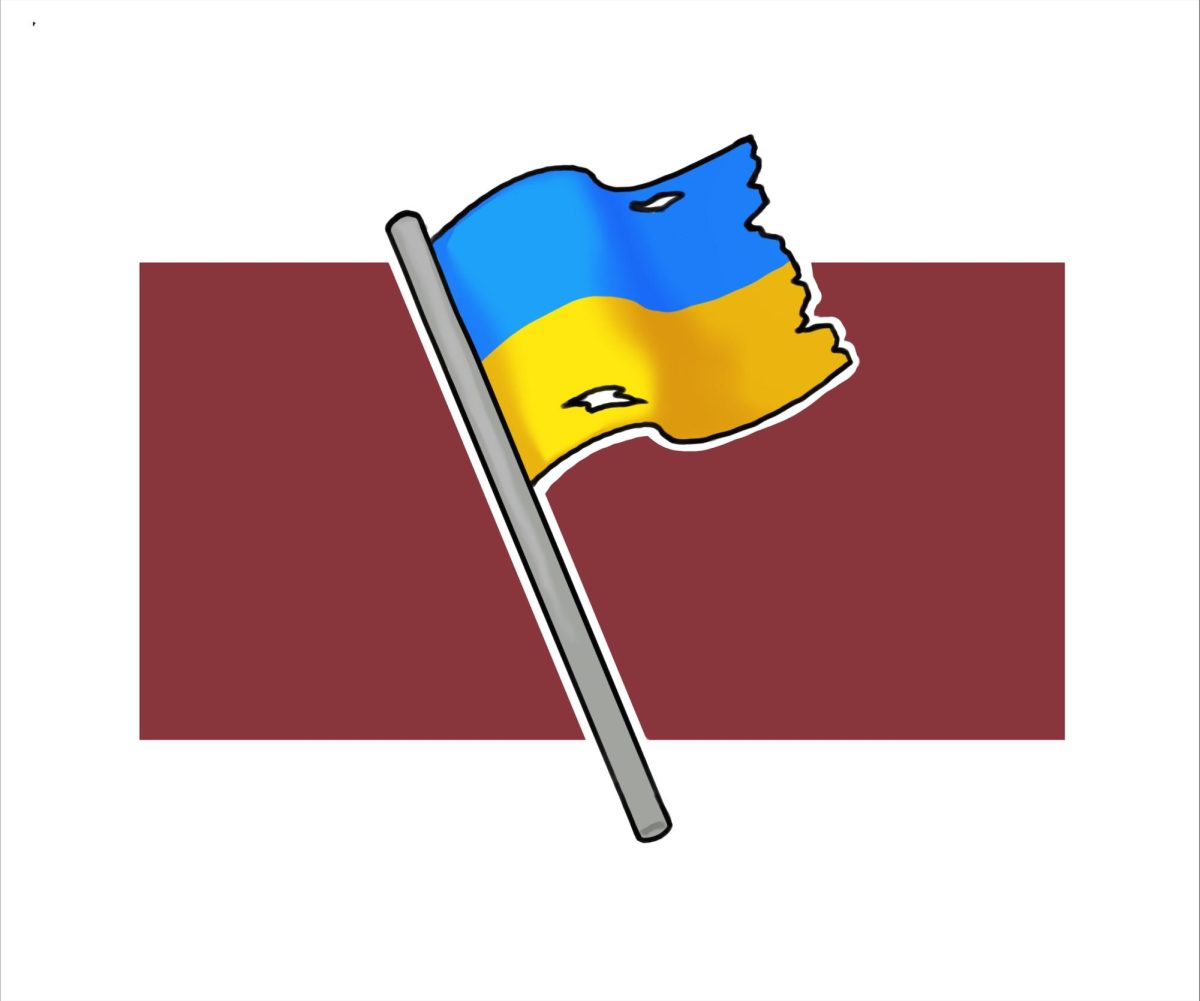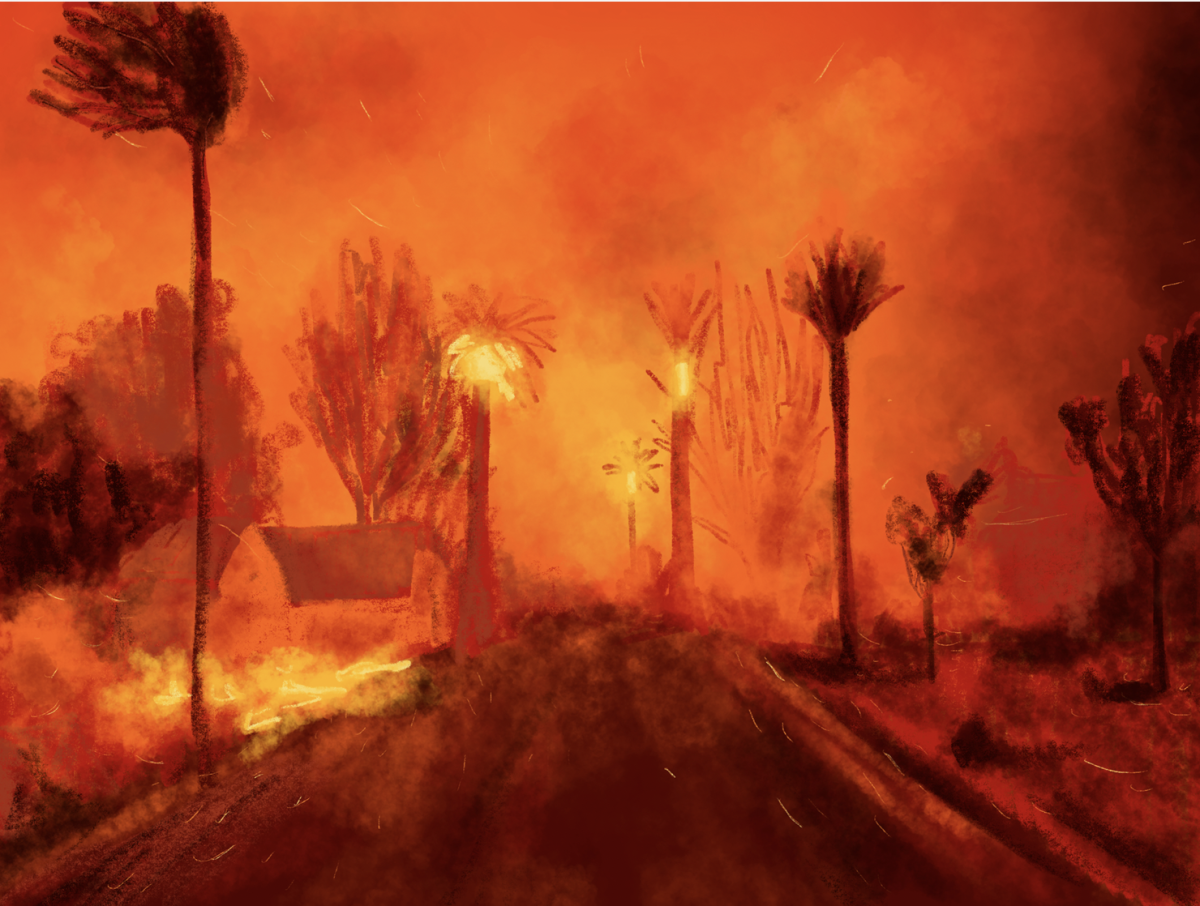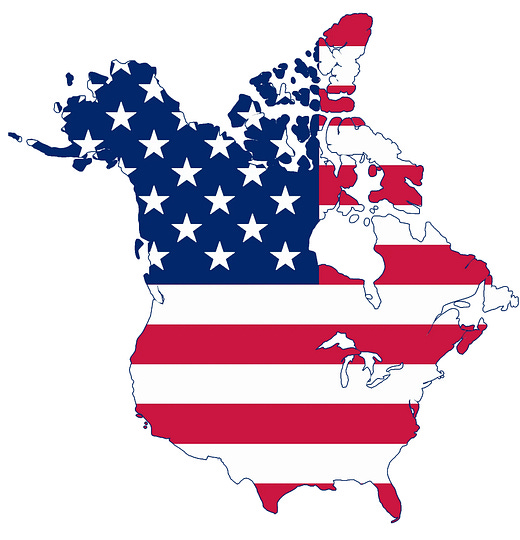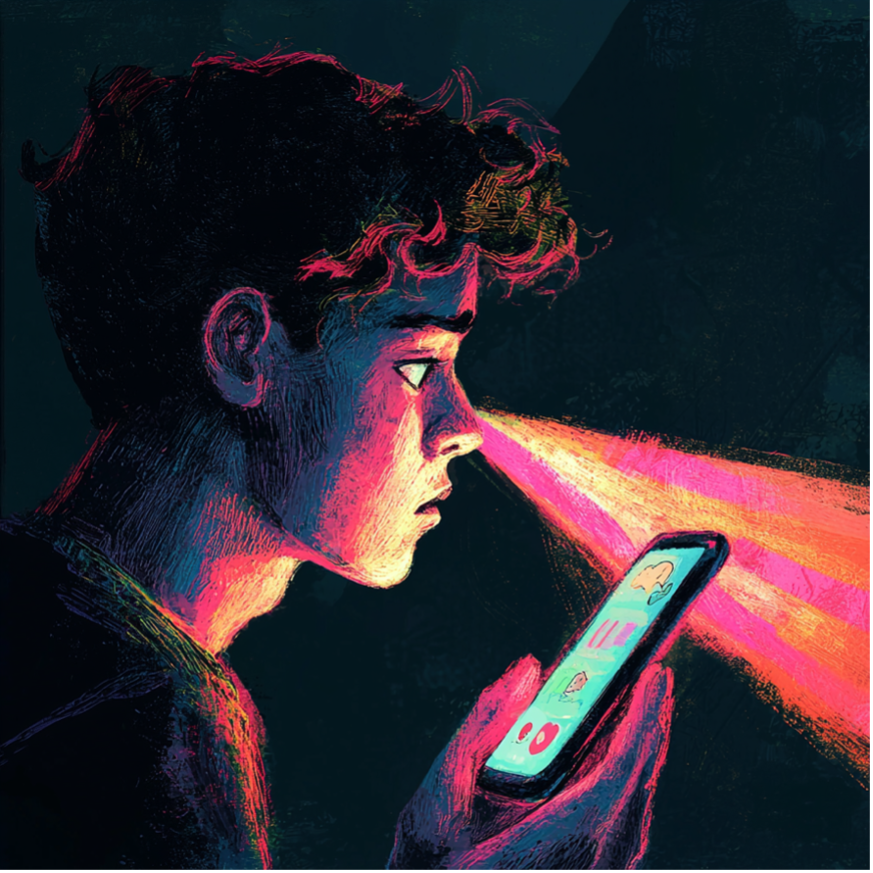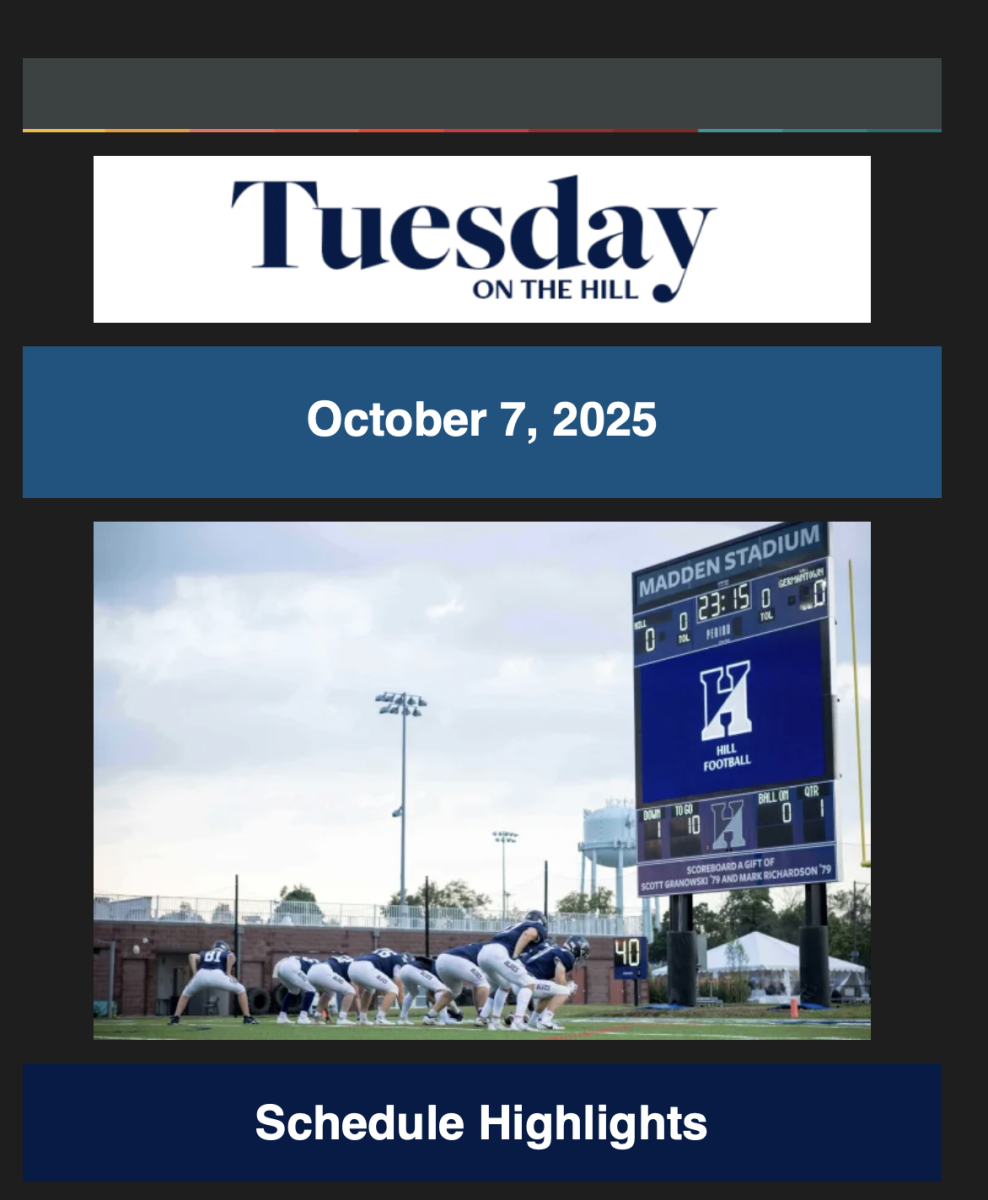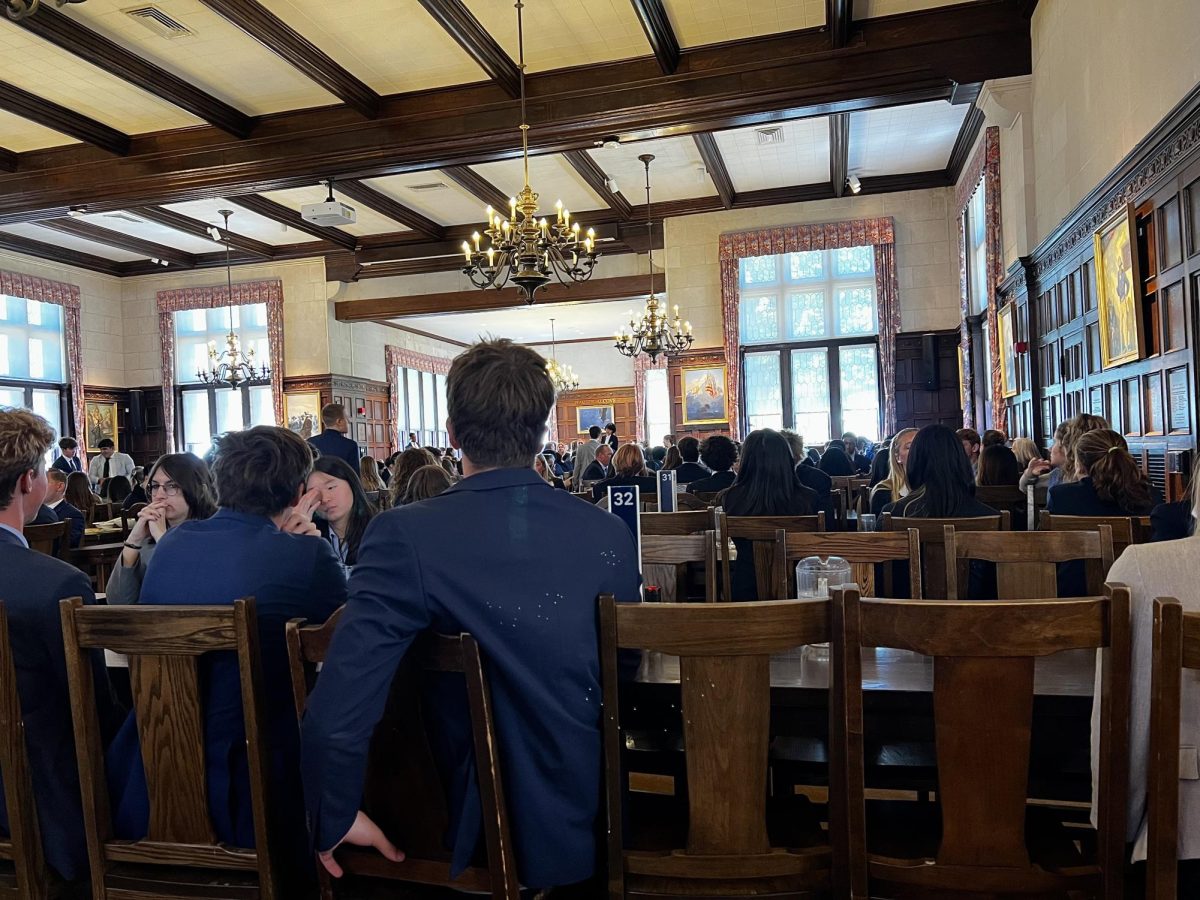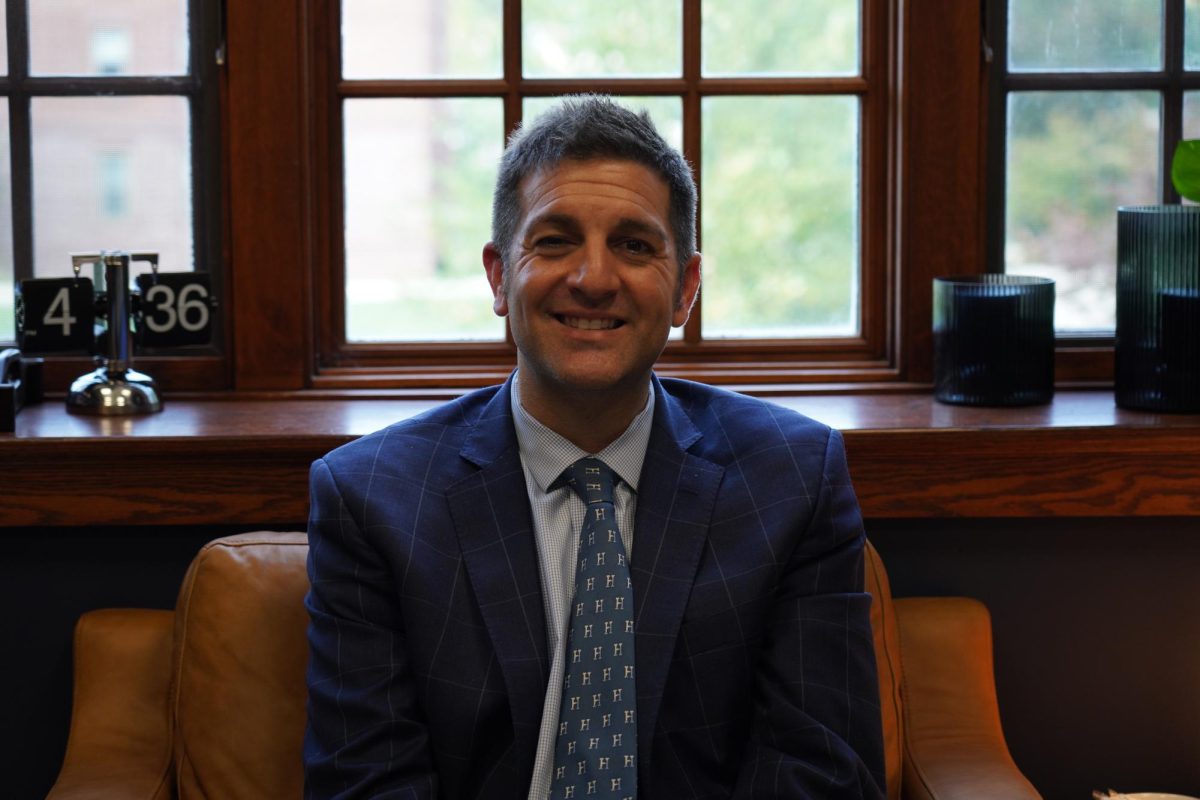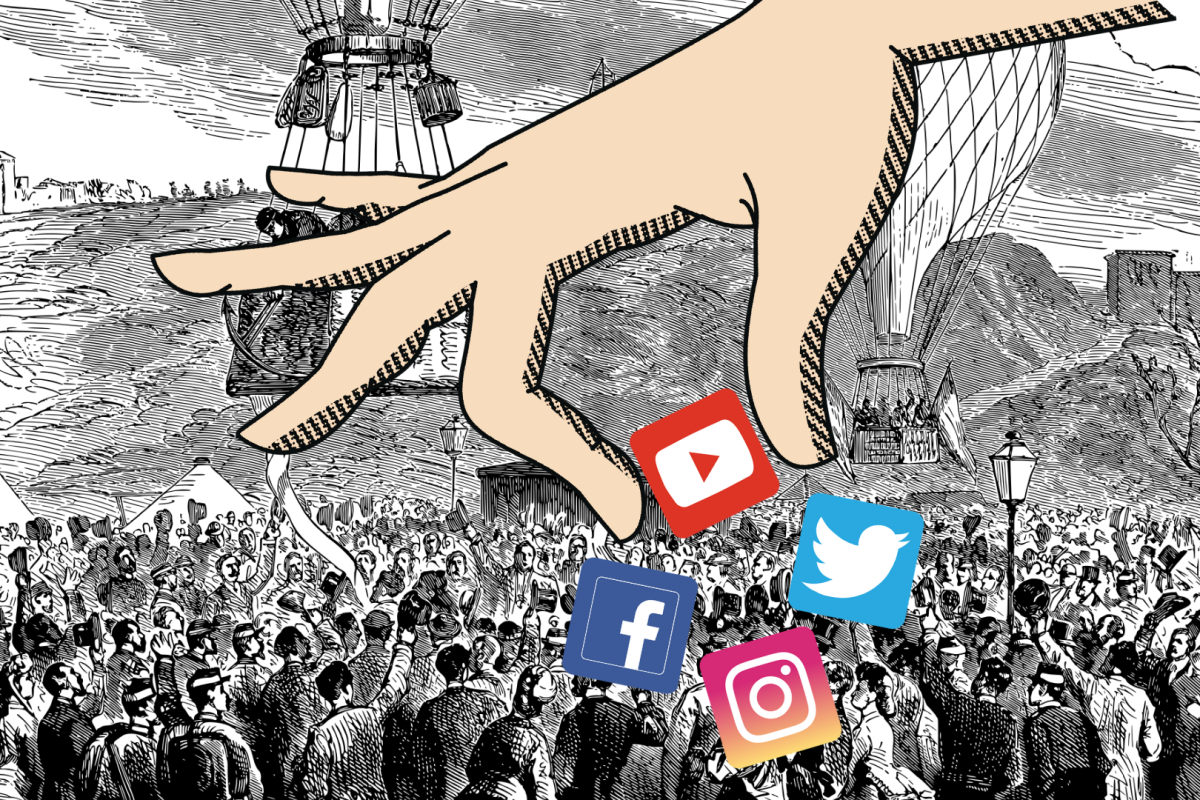With the onset of the pandemic, as people were confined to their homes, social media became a vital tool for communication. Especially after the rise of biased and polarizing content in traditional media outlets, social media platforms created a new space for impartiality. Opinion leaders and political organizations began to rely heavily on social media to reach their audiences. In fact, social media platforms like Instagram, Twitter, and YouTube allow diverse content to reach larger audiences at greater speeds and within a short period . However, this societal shift brought with it a significant risk of corruption: social media manipulation. Especially in the last five years, the role of social media in determining the fate of political and social courses globally has become increasingly controversial among people In the last years there have been notable events that demonstrate the immeasurable influence area of social media that has been impactful in directing socio-political fate of the US.
Social media is increasingly being used to spread political propaganda, polluting the digital information space. Oxford University Professor Samantha Bradshaw’s 2020 report reveals that government agencies, political parties, and private firms collaborate to manipulate public opinion, with $60 million spent on bots and amplification strategies. These efforts create political echo chambers, reinforced by social media algorithms that push content based on user engagement. In the U.S., the percentage of Democrats with no friends holding opposing views rose from 10% in 2016 to 24% in 2020, and 55% of social media users felt overwhelmed by political content.
Professor O’Callaghan from Princeton University underscores the rise of social media manipulation is clear in how right-wing and neo-Nazi groups use platforms like Twitter, Instagram, and YouTube to spread hate and recruit members. Based on a study that was conducted After President Obama was elected, white nationalist activity increased, with Stormfront seeing its biggest membership spike the day after. Donald Trump used this momentum in 2016, relying on social media, especially Twitter, to stir anger and division. Additionally, based on the article from University of Maryville, his campaign saw far more engagement than Hillary Clinton’s, with his tweets retweeted three times more and Facebook posts shared five times more, despite spending less on ads.
Social media algorithms create echo chambers by showing users content that matches their views, increasing polarization. The investigation from CBS News also points out that in 2020, 24% of Democrats said they had no friends with opposing views, up from 10% in 2016. This isolation spreads misinformation, as false ideas go unchecked and influence opinions on candidates. Political overload is also a problem—55% of U.S. users in 2020 felt overwhelmed by political posts, up from 39% in 2016. These trends show how social media polarizes and overwhelms users with political content.
Social media’s push to increase voter turnout is evident, as it’s almost impossible to avoid reminders to vote, says Dr. Jen Golbeck, a social network expert from the University of Maryland. While platforms boost civic engagement, they also spread misinformation, like manipulated videos and deepfakes used to discredit candidates. These posts, despite being against platform rules, often go viral before being removed. Bots and highly active accounts make false content seem popular, further complicating the truth. Golbeck emphasizes the importance of fact-checking, recommending resources like FactCheck.org to verify information before Election Day.

